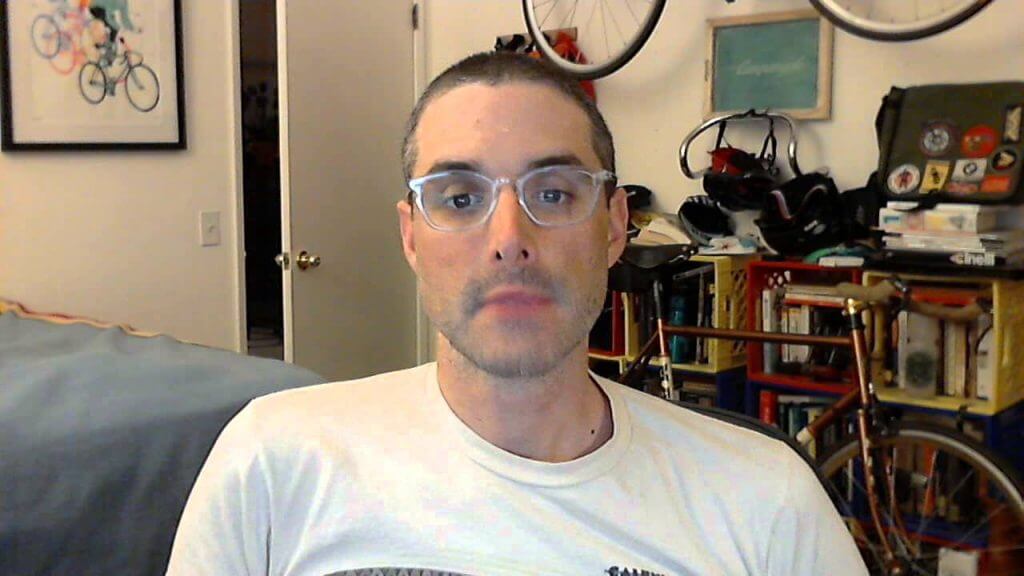Damon Slye: Chapter III
The 2000s saw a rapid decline in the mainstream demand for combat flight sim games apart from the excellent IL-2 series not much has been left. Titles like Warbirds moved predominately into multiplayer arenas and single-player flight games turned into a quick-action arcade format. Why do you think this has happened?
I feel that there was a misunderstanding among the market, going all the way back to very beginning, where people didn’t understand that you had to have a balance in these games between authentic simulation and fun. They seemed to think that a game either had to be an arcade game, that is in a way an empty and meaningless experience, or something that is a realistic simulation.








